Sustainability July 8, 2022
They're super comfy too!
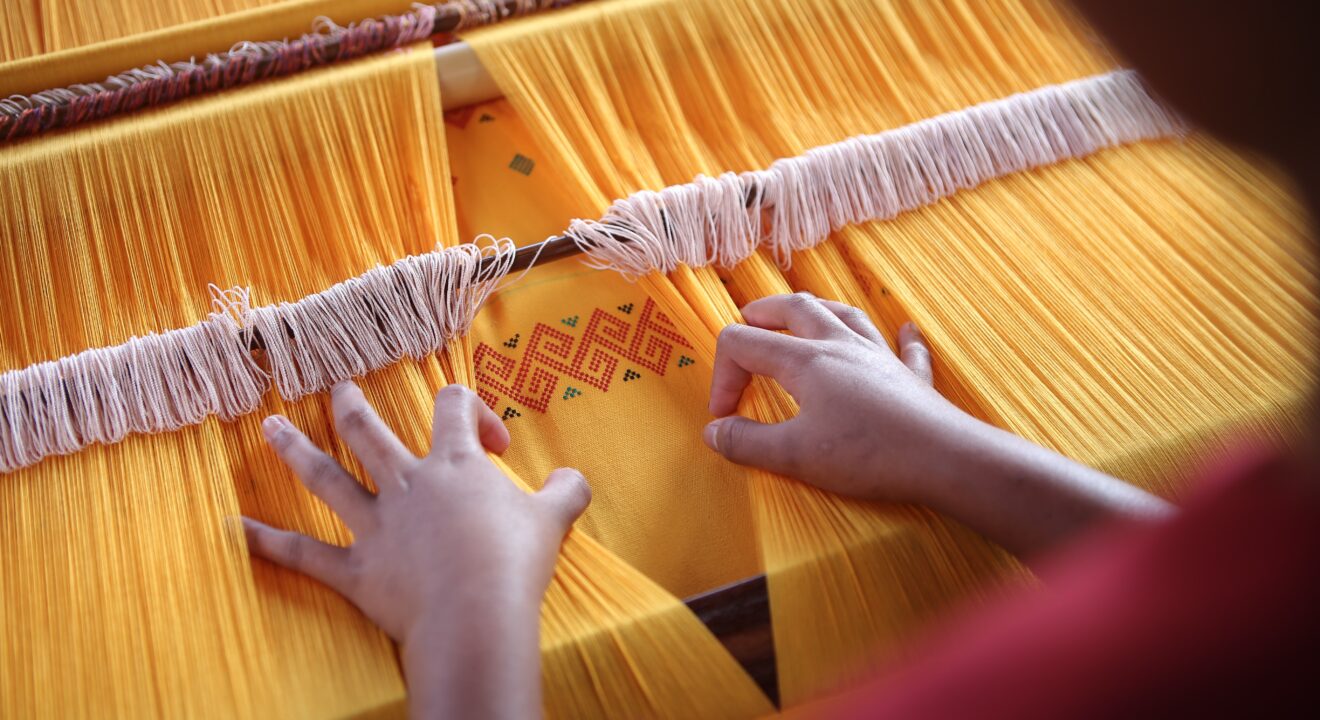

Have you ever gotten a blouse on sale only to have it rip or fade after two or three washes? That’s most likely because the fabrics used to create that blouse weren’t sustainably made. It was made quickly and cheaply to enable that company to get you to purchase more clothing from them sooner. Sustainable fabrics are made of quality, eco-friendly materials and produced in safe working environments. This is not the case for most fast fashion companies.
There are so many brands that claim they are sustainable, but still use fabrics that aren’t good for the environment. Another name for this is “greenwashing.” So, how can you tell which fabrics are the best to choose when looking for new clothes? To answer this question, I have put together a comprehensive list of exactly which sustainable fabrics are the best and why.
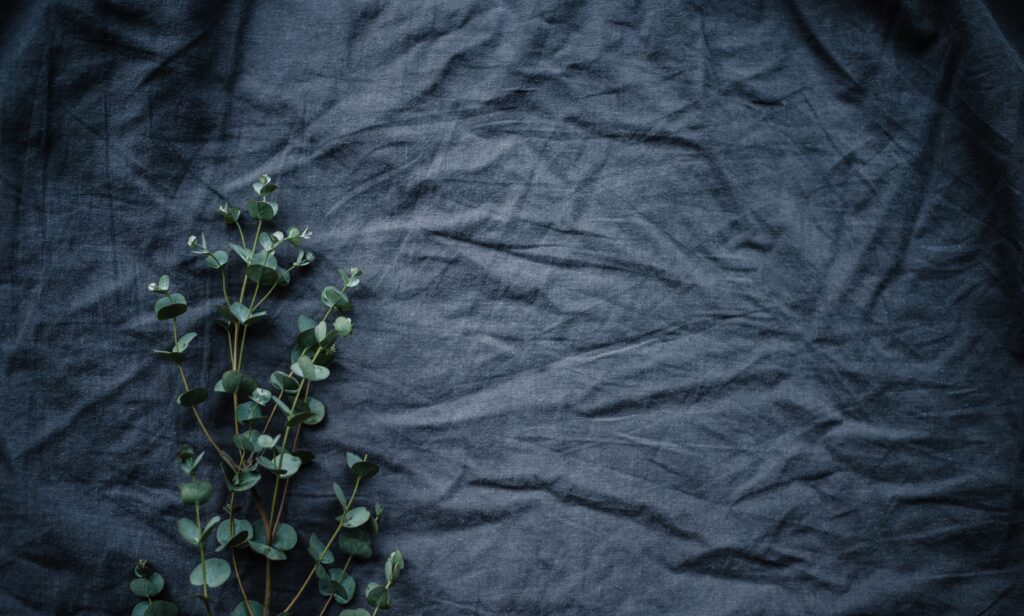
The first, and my personal favorite fabric on this list, is TENCEL™. This sustainable fabric feels luxurious and has one of the lowest carbon footprints of all the fibers on the market. That is because it is completely carbon neutral. Additionally, they use only renewable energy sources and sustainably-harvested wood fibers, as opposed to viscose rayon. According to sustainyourstyle.org, “Thousands of hectares of rainforest are cut down each year to plant trees specifically used to make rayon.” Yikes!
The eco-friendly process TENCEL™ goes through creates these very smooth fibers that are extremely comfortable and breathable. It feels almost like a mixture of cotton and silk.
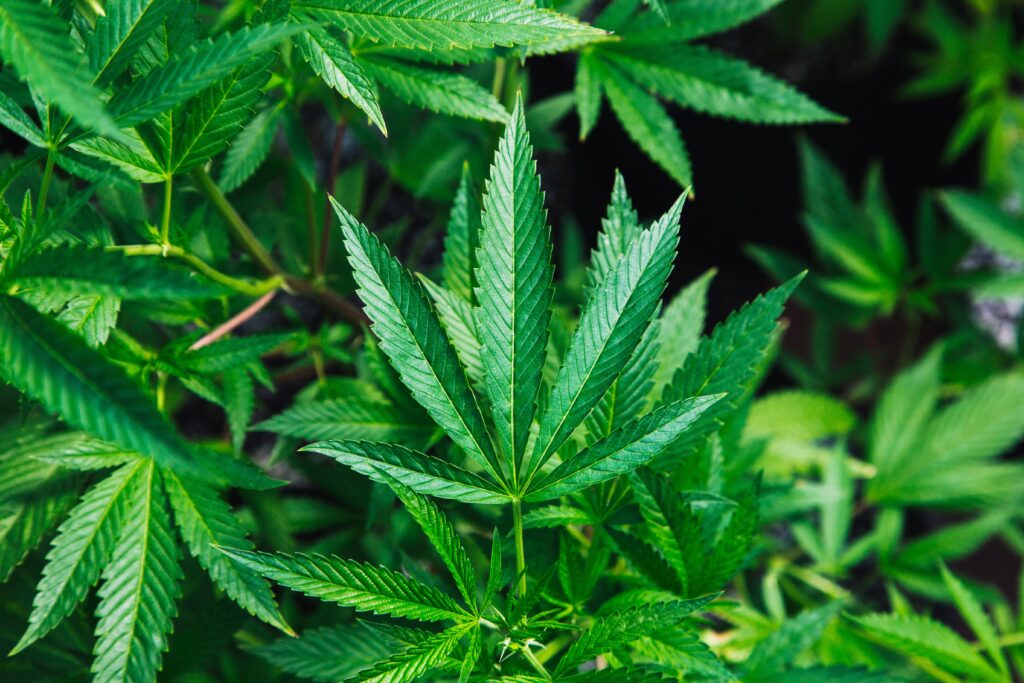

This sturdy, weed-like plant is often lauded for its sustainability. This is due to the fact that hemp is naturally pest-resistant and doesn’t require commercial fertilizers or irrigation to grow. This means hemp uses way less water and resources than cotton, for instance.
Additionally, hemp replenishes the soil it grows in versus other crops which deplete the soil’s nutrients over time.
According to cdfa.com, “Hemp produces 250% more fiber than cotton and 600% more fiber than flax on the same land, and has the highest yield per acre of any natural fiber.” That’s pretty incredible if you ask me!
As far as the feel of the fabric goes, hemp is very similar to linen in breathability and the way it lays on the body. It is very comfortable and durable and the same time. What’s not to love?
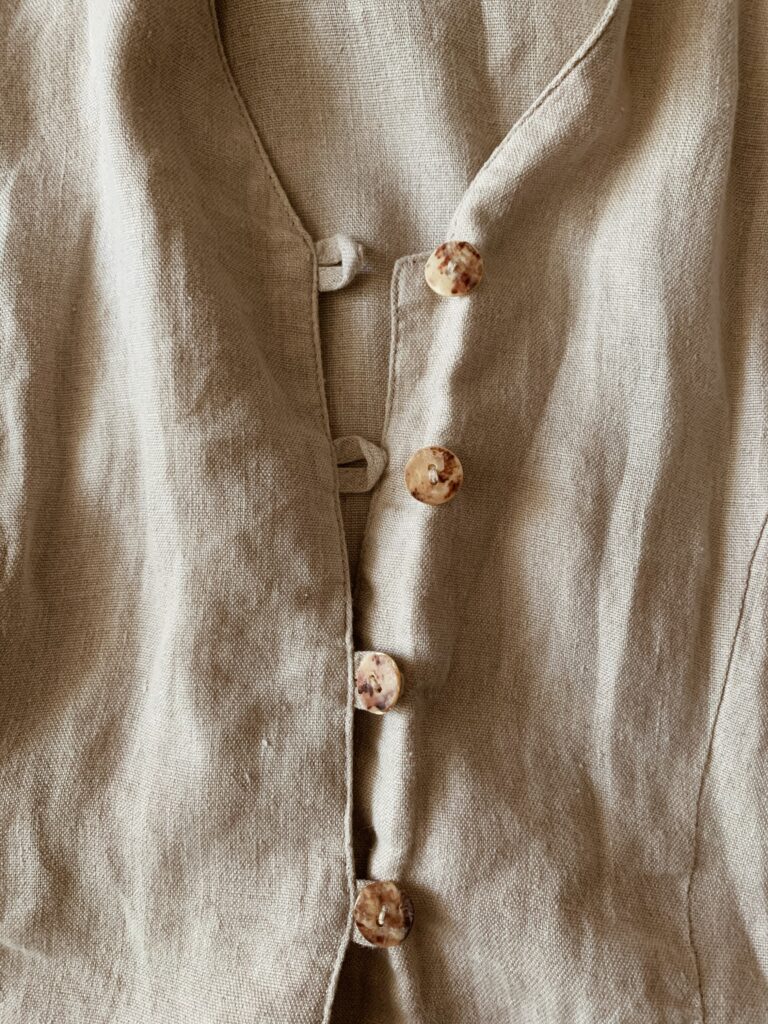

Linen can be made from flax or bamboo. If made from bamboo, it is the only bamboo fabric that is sustainable due to its manual processing procedures. Whereas other bamboo fabrics, such as bamboo rayon, use aggressive chemical processing procedures making them unsustainable. Flax-derived linen is also very sustainable because it uses the waste from linen cultivation. This waste would otherwise end up in landfills or oceans.
Linen is a very light, flowy, and cool fabric that is great for the summer. It does a better job of keeping the body comfortable during hot months than even cotton!
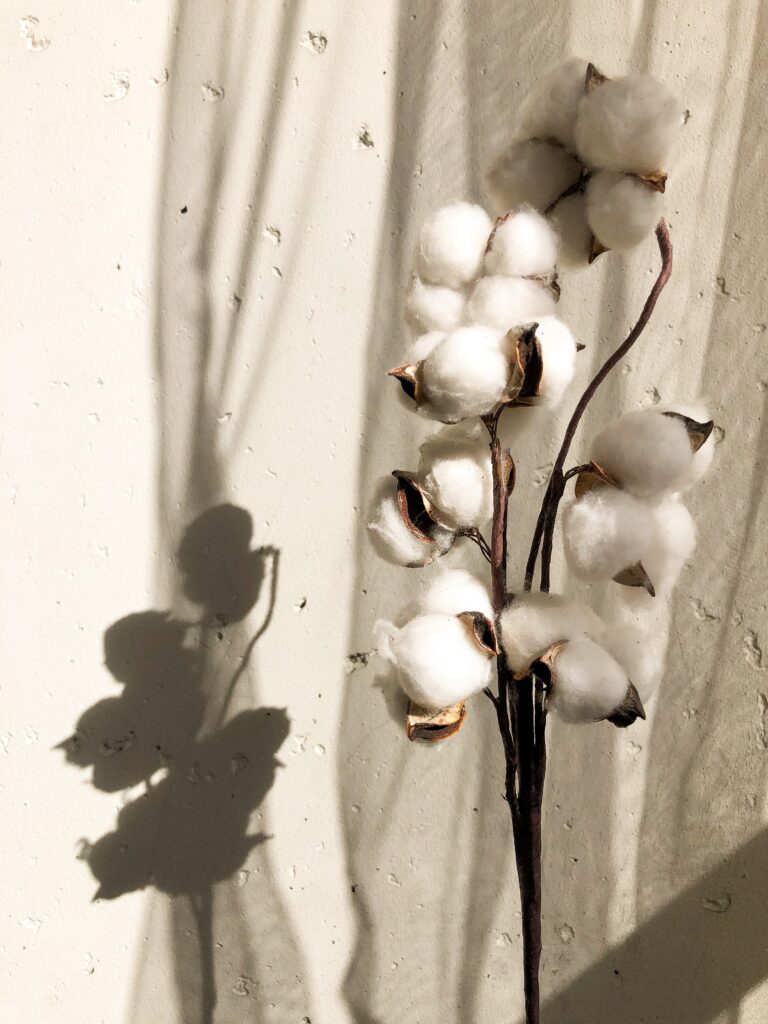

Cotton is a sustainable fabric everyone is familiar with. However, the difference between conventional cotton and organic cotton is vast. Conventional cotton production uses loads of harmful, toxic chemicals and is known for enlisting the employment of young children in vulnerable regions.
Traditional GMO cotton is also one of the dirtiest crops to grow due to its pesticide load. Plus, the amount of water needed to grow enough cotton for one T-shirt is 2,700 liters. That’s insane!
When we talk about organic cotton, this footprint gets a bit smaller due to farmers using more regenerative agricultural practices and through the limited use of pesticides and harmful chemicals during production. Many organic farmers rely primarily on rain to irrigate their cotton crops. This reduces the water footprint by about 91%. Also, to keep the number of pests down, farmers use intentional crop rotation practices, which help minimize soil erosion and mineral depletion.
If you’re like me and love the comfort of a good cotton tee, then you’ve got to go organic. Nothing feels better than making the world a better place.
To wrap this up, I think it’s important that people try to make small steps toward choosing more sustainable fabrics in their everyday lives. Knowing which fabrics to look for when buying a new outfit can really help the planet. It’s amazing how such a simple, educated change can make such a big difference in the way clothing is produced, how many resources are used, and how workers are treated. That’s a pretty big deal if you ask me.